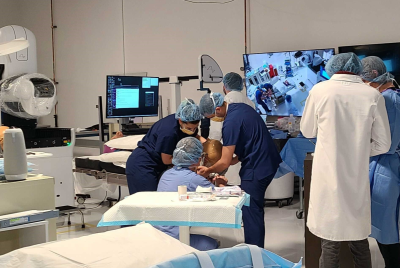Dubai to build 'most advanced' 3D printed office building

In a bid to become a global hub of innovation, Dubai announced plans to build an office that will be "the most advanced 3-D printed structure ever built at this scale" and the first to be put into actual use.
Apart from the 2,000 square-foot office building, the furniture housed within will also be printed out from a mixture of reinforced concrete, gypsum and plastic using a 20-foot tall 3-D printer.
The project is a partnership of WinSun Global, a Chinese company, and architectural and engineering firms Gensler, Thornton Thomasetti, and Syska Hennessy.
"This building will be a testimony to the efficiency and creativity of 3-D printing technology, which we believe will play a major role in reshaping construction and design sectors," said Mohammed al-Gergawi, the United Arab Emirates' minister of Cabinet affairs.
The 3-D printing technology is expected to cut building construction time and labour costs by at least half, and reduce construction waste by 30 to 60%.
No details on the timeframe or cost were announced, reports AP.
Symbolically, the office will be the temporary headquarters of a $136m Museum of the Future expected to open in 2017.
WinSun had earlier this year built in China a five-storey apartment building and a 1,100 square metre (11,840 square foot) villa, saving between 30 and 60% of construction waste, decreasing production times by between 50 and 70%, and labour costs by between 50 and 80%.
The villa costs around $161,000 to build.
From printing affordable meals to guns and soon functional kidneys, 3-D printing has come a long way from a mere can-do technology.
The additive manufacturing of three-dimensional objects from a digital file sees the laying down of thin successive layers of material to build the object using the hardware.
At present 3-D printing's cost is prohibitive but economies of scale are expected to make it affordable and help the user turn manufacturer.
© Copyright IBTimes 2025. All rights reserved.



















